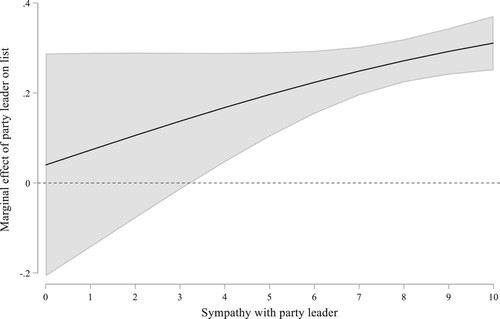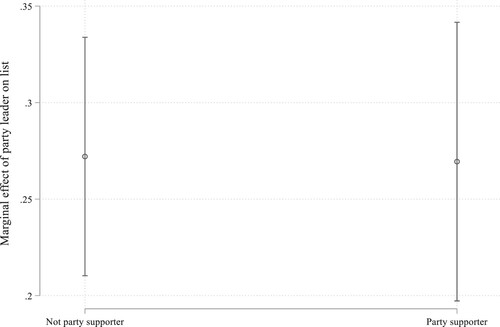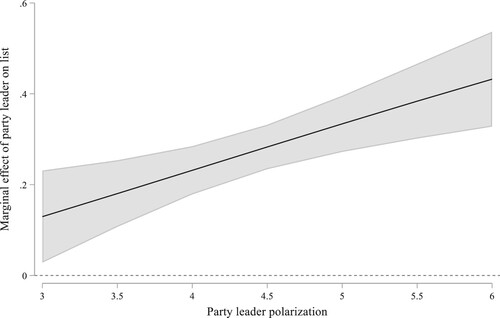Figures & data
Figure 1. Time trend in preference votes of total votes (panel A) and party leader preference votes of total preference votes (panel B).
Note: based on electoral reports from Statistics Denmark.
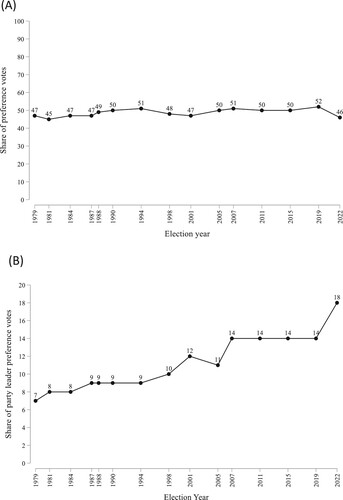
Table 1. Party leader sympathy and polarization.
Figure 2. Share of preference votes across parties and presence of party leader on list. 2022 General Election.
Note: party abbreviations are M: Moderates, LA: Liberal Alliance, DD: Danish Democrats – Inger Støjberg, RGA: Red–Green Alliance, ALT: Alternative, DPP: Danish People’s Party, NR: New Right, FG: Free Greens, S: Social Democrats, SPP: Socialist People’s Party, CD: Christian Democrats, C: Conservatives, SL: Social Liberals, L: Liberals.
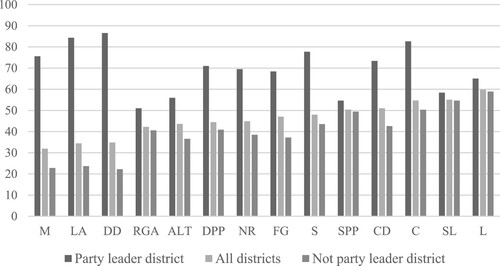
Table 2. Predicting preference vote cast.
Figure 3. Marginal effect of party leader running on list across voters’ party leader sympathy (H2).
